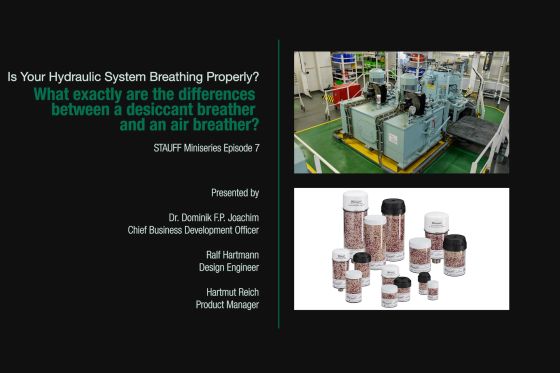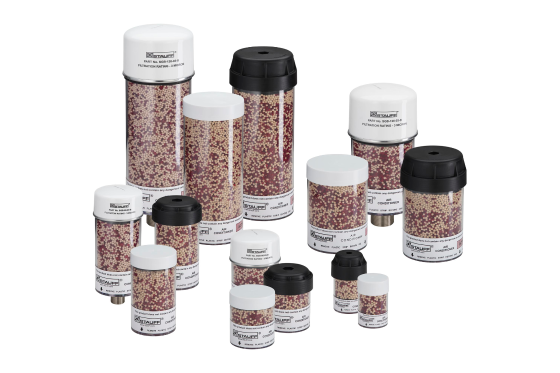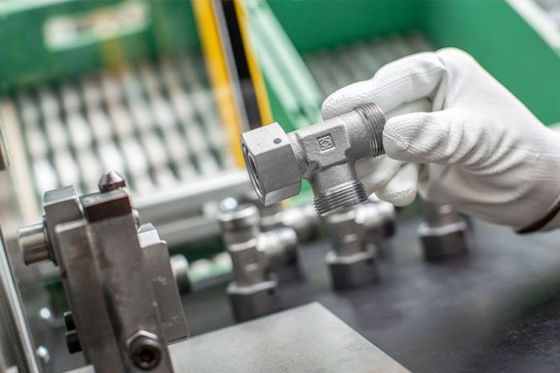What exactly are the differences between a desiccant breather and an air breather?
Episode 7 of the STAUFF Miniseries "Is Your Hydraulic System Breathing Properly?"
Hydraulic reservoirs always have to be sealed so that they can still breathe. Do you want to primarily protect your hydraulic system against foreign particles, or also against moisture? The video explains the differences between a ventilation filter and a silica breather.
Did you know: You can turn on subtitles by clicking the CC button at the bottom of the video.
Watch this and all other episodes of this STAUFF Minseries on Youtube instead.
What is the difference between a silica breather and a ventilation filter?
Wherever work machines are used, the air is anything but clean. The diesel engines of excavators, handling machines, cranes and other machines already generate a high level of particulates in the direct proximity of the hydraulic reservoirs. In addition to this, the ambient air of the machines often already contains high levels of particles due to the nature of the work: Excavators raise dust while digging, handling machines generate a lot of particles when loading bulk goods, and agricultural and forestry machines are always surrounded by soil, pollen, grass, wood dust and other organic substances. But stationary systems also have to be protected against contamination from the air.
To ensure that micro particles do not enter the hydraulic fluid, they have to be filtered out before they reach it. That is what ventilation filters do. They have a relatively simple design: The cap holds a replaceable foam element that lets air through.
In contrast, silica breathers can absorb moisture as well as filter out foreign substances. Silica breathers are assemblies: In addition to foam and other filter elements, they also contain a desiccant that removes the moisture from the air that enters the hydraulic system during the breathing process.
When things get hot
It is easy to see why silica breathers are used wherever the ambient air has a noticeably higher moisture content. But why is their use also recommended for foundries or in tyre manufacturing and other heat-intensive production processes? In these cases, it comes down to the strong temperature fluctuations in the ambient air. The hot air can naturally absorb high levels of moisture, which produces accordingly more condensate when it cools down.
By the way: Experts generally recommend silica breathers wherever biodegradable oils are used. Readily biodegradable fluids are even more hygroscopic than “conventional” oils.
Do you already use silica breathers in hydraulic systems?
Then share your experiences and leave a comment below this post.

Newsletter Subscription
Receive automatic e-mail notifications about new posts on the STAUFF Blog








